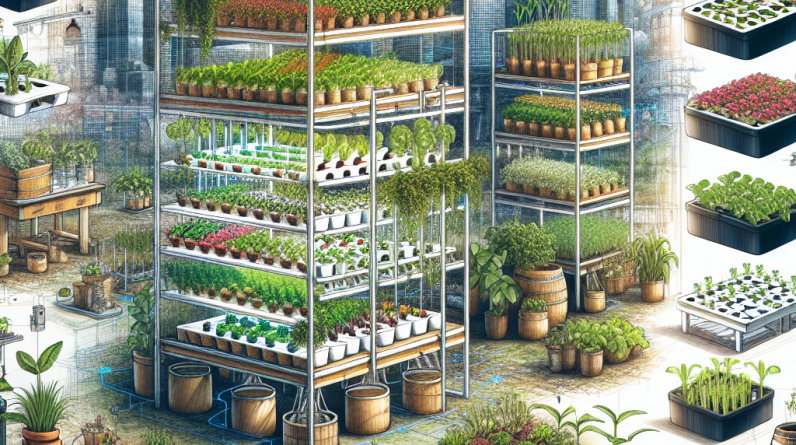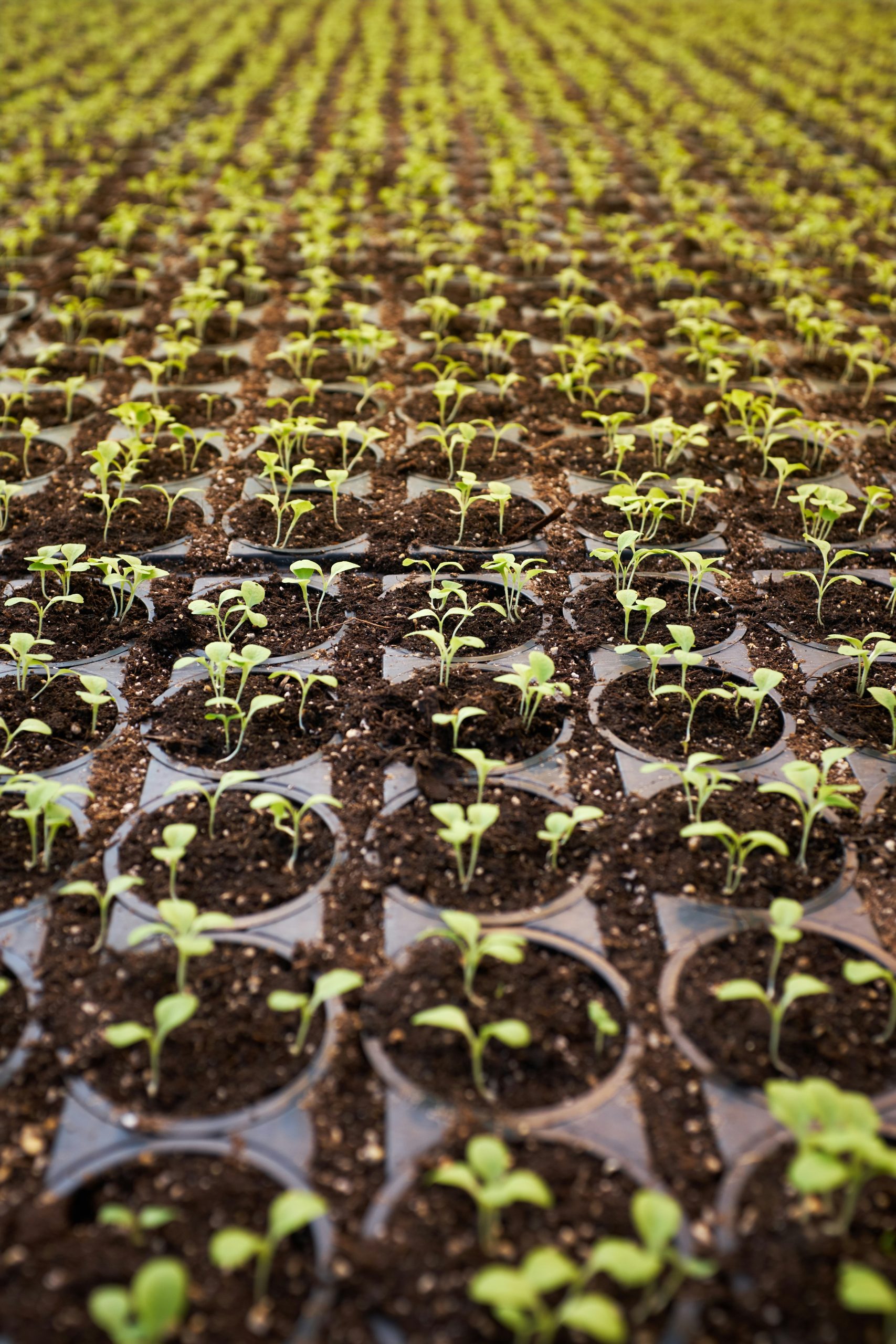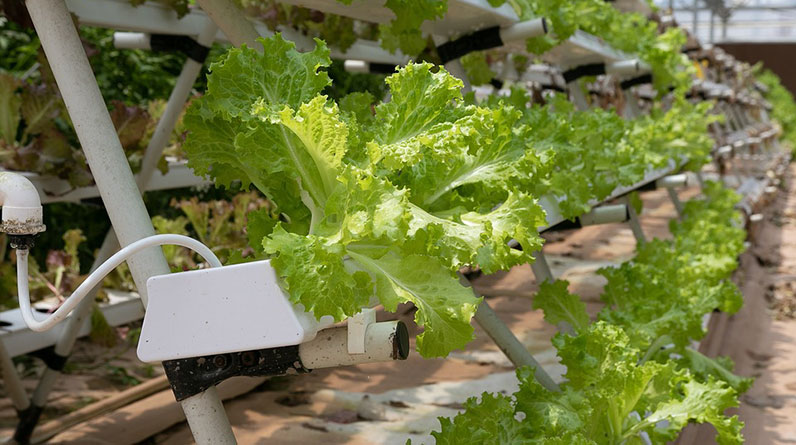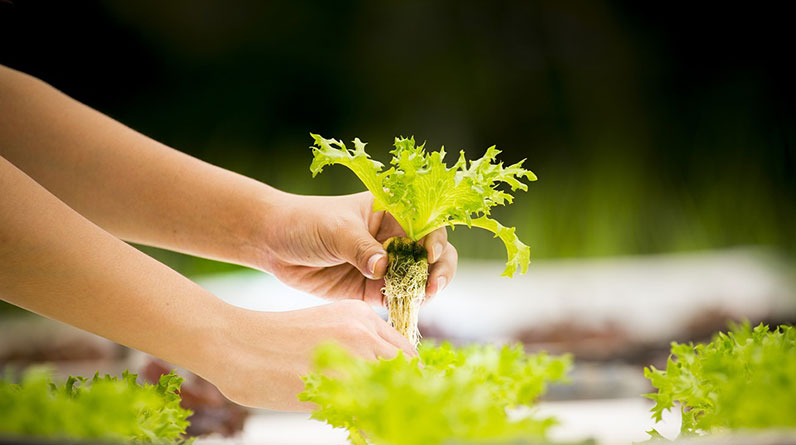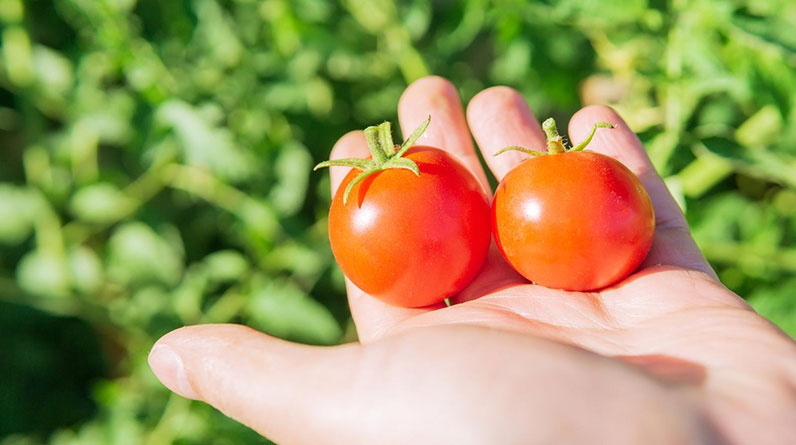
1. Soil Health Management
Understanding Soil Composition
Soil health is the backbone of sustainable food production. From my experience, healthy soil means vibrant plants. It’s all about the microorganisms living in the soil, the nutrient cycles, and how well the soil retains water. When we understand the intricate balance of soil composition, we can enhance its fertility and productivity.
A great way to boost soil health is by incorporating organic matter like compost. I’ve seen firsthand how it transforms nutrient-poor soil into a living ecosystem. It’s amazing how earthworms and microbes get into action, making nutrients available for plants. This not only supports crop growth but enhances the entire ecosystem.
Regular soil testing also plays a crucial role. By analyzing soil samples, I’ve identified deficiencies and tailored amendments. This science helps ensure crops get the exact nutrients they need, optimizing yields and maintaining soil health for future seasons. Trust me, investing in soil health is investing in sustainable production.
Crop Rotation Techniques
One of the best practices I’ve come across in sustainable farming is crop rotation. Switching up what you plant in a certain area each season prevents pests from establishing and helps maintain soil nutrients. It’s like giving the patients in your garden a break from the same old routine!
In my experience, legumes are fantastic for this process. They naturally fix nitrogen into the soil, which benefits the next crops significantly. I’ve had incredible success alternating legumes with root crops. The results? Healthier plants that have less need for chemical fertilizers. It’s nature’s way of keeping it fresh!
Lastly, this practice also leads to biodiversity. When I rotate my crops, I see a variety of species thriving around me, which helps create a resilient environment that can withstand pests and diseases. It’s all about balance, and crop rotation is a key player in that game.
Cover Cropping
Cover crops are another gem I’ve discovered along my sustainable journey. Planting cover crops, especially during off-seasons, has done wonders for my fields. They protect the soil from erosion, improve moisture retention, and even suppress weeds. I mean, who doesn’t want less weeding work?
Additionally, these crops can add organic matter to the soil when they decompose. It’s like giving your soil a little nutritious snack when your main crops aren’t growing. Some of my favorites are clover and rye. They work great together, and the benefits just pile up!
Cover cropping also creates a habitat for beneficial insects. The diversity helps pave the way for natural pest control, reducing the need for synthetic pesticides. It’s a win-win situation that keeps my farming practices aligned with sustainability and productivity!
2. Water Conservation Techniques
The Importance of Efficient Irrigation
I can’t stress enough how crucial efficient irrigation methods are for sustainable food production. Over the years, I’ve seen how traditional methods can waste a ton of water. By incorporating drip irrigation or soaker hoses, I’ve managed to save water while still keeping my crops healthy and hydrated.
Setting up an efficient irrigation system isn’t as hard as it sounds, either. I usually spend some time planning my layout, ensuring all crops get adequate water without wastage. Trust me, that little bit of effort goes a long way, especially during those dry seasons.
Additionally, monitoring water usage through smart irrigation controllers has been a game-changer for me. These systems adjust watering schedules based on weather conditions. It’s like having my very own farming assistant, saving time and resources!
Rainwater Harvesting
Rainwater harvesting has been a lifesaver for me, quite literally. By collecting rainwater, I can supplement my irrigation needs. I usually set up barrels or tanks to catch the run-off from roofs, which is free and often cleaner than tap water!
Every drop counts, right? Using this method not only conserves groundwater but also reduces the burden on municipal water systems. It’s pretty rewarding to know I’m making the most out of nature’s resources while helping the environment.
Implementing a filtration system for harvested rainwater also opens up more options. I can use it for general farm irrigation or even for livestock. It’s an effective way to ensure every part of my farm thrives, thanks to a resource many overlook!
Mulching Practices
Mulching is a simple yet effective way to conserve water. I began mulching a few years back, and it made a huge difference in retaining soil moisture and combating weeds. It’s such a hassle to keep up with those pesky weeds, and mulching helps cut down on that chore! I’ve used straw, wood chips, and even grass clippings — they all work beautifully!
Another great benefit I’ve found is the gradual breakdown of mulch materials, which improves soil health over time. Each year I add more mulch, I notice my soil becoming richer and more alive. It’s kind of like giving your soil a cozy blanket!
Lastly, mulching can also regulate soil temperature. I’ve seen my crops thrive in both the summer heat and winter chill when they have that protective layer. It’s like giving them a warm hug when the weather gets extreme!
3. Integrated Pest Management (IPM)
Understanding Pest Dynamics
I’ve learned that understanding pest dynamics is essential in sustainable farming. Rather than just reacting to pest invasions, it’s about observing and predicting their behavior. Bugs are kinda sneaky, right? By knowing which critters I’m dealing with and their life cycles, I can tackle problems a lot more effectively!
One impressive tip I picked up is to keep records of pest occurrences. It helps me identify patterns and determine the most effective interventions. I used to panic when I saw critters munching up my greens, but now I take a deep breath and analyze the situation. Knowledge is power!
Managing the natural enemies of pests is another strategy I advocate for. Attracting beneficial insects like ladybugs and lacewings into my garden has made a notable difference. They’re like my little allies, helping me keep harmful pests in check without needing to resort to chemicals.
Utilizing Biological Controls
Biological controls have been a revelation in my farming routine. Instead of reaching for synthetic pesticides, incorporating natural predators has given me fantastic results. For instance, releasing parasitic wasps has helped control aphid populations without harming beneficial insects. It’s like having nature fight my battles!
Another method I’ve enjoyed using is companion planting. Certain plants can repel pests or attract beneficial insects when grown together. I’ve had great success planting marigolds alongside my vegetables. Who would’ve thought that a pretty flower could help keep those pests away?
Overall, embracing these biological options has reduced my reliance on chemicals and improved the health of my ecosystem. I’m not only producing food; I’m supporting a balanced environment, which feels incredibly rewarding.
Regular Monitoring and Evaluation
Monitoring my crops regularly has become part of my routine. I can’t tell you how important it is to scout for pests before they become a real issue. Just taking a stroll through the fields while checking on plant health can often prevent calamities before they happen!
I’ve also made it a practice to evaluate the effectiveness of pest management practices after the season ends. Who wouldn’t want to know what worked and what didn’t? This reflection can guide my choices for the next planting season, leading to continuous improvement.
In the end, integrating regular monitoring into my routine ensures I stay ahead of the game. Effective pest management is not a one-time deal; it’s a continuous commitment that pays off season after season. Keeping an eye out helps me maintain a thriving ecosystem while producing healthy food.
4. Sustainable Fertilization
Organic Alternatives
I used to think synthetic fertilizers were the way to go, but my perspective shifted dramatically after exploring organic alternatives. Composting has become my go-to method, and seeing my kitchen scraps transform into nutrient-rich soil has been eye-opening! It’s like watching nature recycle!
Fish emulsion and seaweed extracts have also found a place in my fertilization toolkit. Applying these has enhanced plant health and boosted yields. I’ve gotten amazing feedback from those who’ve tasted my garden veggies — vibrant flavors hinting at the care that went into their growth!
Learning how to balance nutrient levels was key for me too. By understanding each crop’s specific needs, I can apply organic fertilizers targeted toward those requirements. It’s a tailored approach that pays off, leading to healthier plants and peace of mind about my choices.
Soil Amendments
Incorporating soil amendments is something that shouldn’t be overlooked. I learned how vital it is to improve soil structure, which ultimately boosts nutrient availability. Adding lime or sulfur based on soil pH tests has made a tangible impact on my yields.
Gypsum has become a favorite of mine too, especially for clay soils. It improves drainage and promotes root penetration, allowing my plants to thrive. Watching them reach for the sun has been incredibly rewarding!
Using natural amendments not only enriches the soil but also contributes to the vast ecosystem underneath. It’s comforting to know that I’m helping maintain soil health instead of stripping it away. Sustainability isn’t just my goal; it’s a lifestyle!
Applying Best Practices
Applying best practices in fertilization is essential to maintaining a sustainable approach. I always follow best practices by keeping a nutrient management plan to optimize input usage. Knowing my limits helps prevent over-fertilization, which is often a trap many fall into.
Timing is another crucial factor. I’ve learned the importance of applying fertilizers when plants can utilize them best. This has improved nutrient uptake and overall crop health significantly, showing me that planning truly goes a long way!
Finally, I love rotating between different fertilizer types to avoid nutrient lock-up. Mixing organic and inorganic sources responsibly not only aids tight budgets but also keeps my crops happy and healthy. It’s all about finding that harmony!
5. Community Engagement and Education
Building Local Networks
Community engagement is an often overlooked aspect of sustainable food production. Getting involved with local networks has enriched my understanding and opened doors to new ideas. Sharing experiences with fellow farmers has always been a learning experience that’s invaluable.
I’ve found support in farmers’ markets and co-ops, where we exchange not just products but also stories and practices. We’re all in the same boat, striving for sustainability while keeping our communities fed, making this networking essential.
Additionally, fostering local partnerships helps create a sense of accountability. It’s motivating to see everyone work toward common goals and improve practices collaboratively. Together, we drive change and establish a sustainable future across our communities.
Educating the Next Generation
Education is where the magic really happens! Teaching kids about sustainable practices has become a passion of mine. Instilling a love for nature and sustainable farming practices in children is crucial if we want future generations to carry the torch.
I often host workshops and farm tours for schools. Watching the kids get excited about planting their first seed or seeing a worm in the soil is incredibly fulfilling. They’re our future farmers and consumers, and I feel a responsibility to empower them with knowledge.
These educational experiences also serve to raise awareness among parents and community members. It’s a ripple effect where one small class can spur a larger interest in sustainable practices, building a stronger foundation for future agricultural practices.
Sharing Resources and Knowledge
Lastly, sharing resources is vital. I started a blog to document my journey in sustainable farming, sharing what I’ve learned, tips, and challenges. It has created a platform to connect with others globally, providing a sense of camaraderie beyond my local community.
Resource sharing isn’t only about knowledge; it’s financial, too. By collaborating on bulk purchases of organic seeds or tools, we can save money while supporting sustainable practices together. Lower costs lead to better access for everyone, making us all more resilient.
Being open to sharing experiences and supporting each other leads to a thriving network. It’s fulfilling when I see how sharing knowledge and resources cultivates a movement toward sustainability that could bring about significant changes in our food systems.
FAQ
What are the key areas of the Sustainable Food Production Model?
The model emphasizes five key areas: Soil Health Management, Water Conservation Techniques, Integrated Pest Management (IPM), Sustainable Fertilization, and Community Engagement and Education.
How can I improve my soil health as a home gardener?
Improving your soil health can start with regularly adding organic matter like compost, utilizing crop rotation, and implementing cover cropping strategies. These practices increase soil fertility and support a diverse ecosystem.
What is integrated pest management (IPM)?
Integrated Pest Management (IPM) is a holistic approach to managing pests through understanding their dynamics, using biological controls, and regularly monitoring crop health to minimize interventions while maximizing natural pest control.
Why is community engagement important in sustainable farming?
Community engagement is essential in sustainable farming as it builds local networks, facilitates resource sharing, and supports collaborative efforts, enhancing knowledge and practices across the farming community.
How do I educate my family about sustainable practices?
Engaging your family through hands-on activities, workshops, and gardening can spark interest in sustainable practices. Sharing resources, experiences, and engaging with local communities can further broaden their understanding and appreciation for sustainability.



